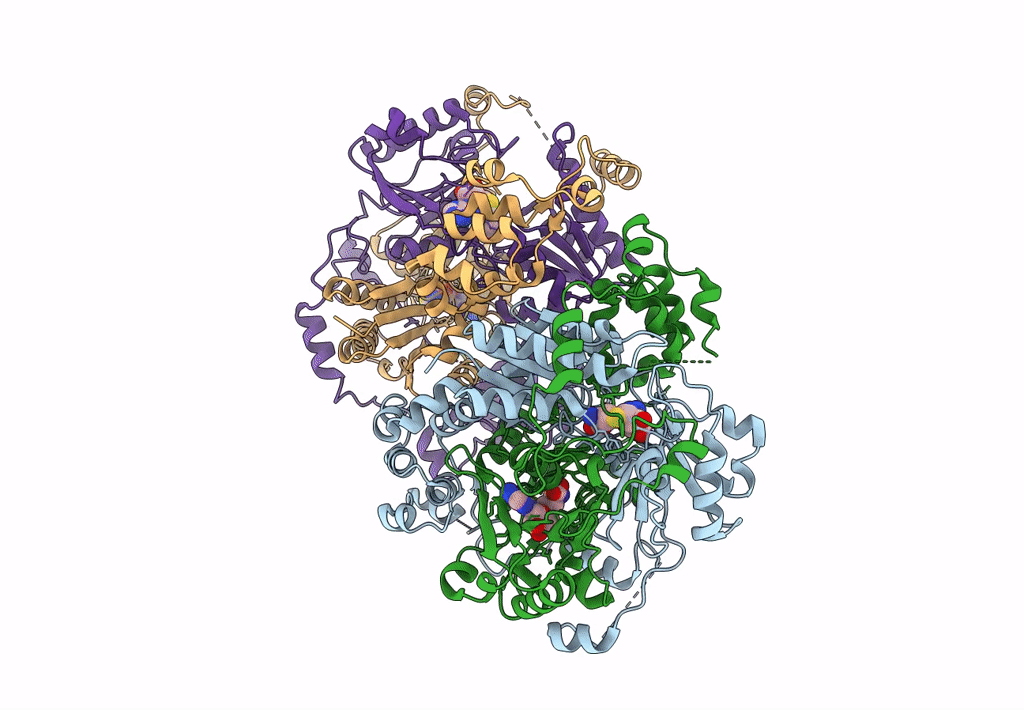
Deposition Date
2022-02-07
Release Date
2022-11-02
Last Version Date
2024-10-23
Entry Detail
PDB ID:
7TWM
Keywords:
Title:
Structure of a borosin methyltransferase from Mycena rosella with peptide CspL(MroMCspL) in complex with SAH
Biological Source:
Source Organism:
Mycena rosella (Taxon ID: 1033263)
Host Organism:
Method Details:
Experimental Method:
Resolution:
1.93 Å
R-Value Free:
0.20
R-Value Work:
0.17
R-Value Observed:
0.17
Space Group:
P 65


